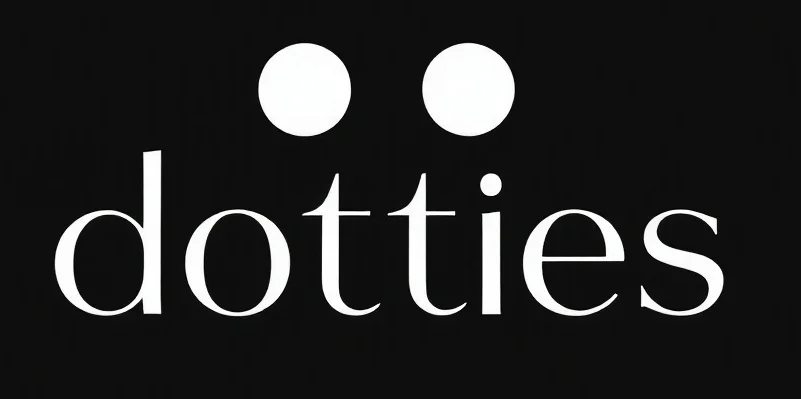The Battle of the Algorithms: Amazon vs. Google
When we think about the titans of tech, Amazon and Google often come to mind, seemingly locked in an endless chess match, each vying for dominance in their own realms. But what happens when these realms overlap, like in the arena of search engines? In the world of ecommerce, understanding the nuances of amazon google rank becomes crucial for entrepreneurs and marketers aiming for visibility.
Amazon’s A9 vs. Google’s PageRank
At their core, both Amazon and Google have search algorithms that are the lifeblood of their platforms. Amazon’s A9 algorithm is honed to maximize sales conversion, focusing on product relevance, pricing, and customer satisfaction. In contrast, Google’s PageRank is all about indexing the vast ocean of the web, ranking pages based on relevance and authority. It’s like comparing a precision laser beam to a floodlight; both have their uses, but they operate under different principles.
Amazon’s A9 prioritizes factors that directly impact purchases, such as historical sales data and product performance metrics. Meanwhile, Google’s PageRank weaves a complex tapestry of backlinks, content quality, and user engagement. If A9 is the hawk, laser-focused on the prey (sales), then PageRank is the owl, sweeping silently over the night web, seeking the most relevant morsel of information.
Why This Matters for Entrepreneurs
Understanding these differences isn’t just academic. For those in ecommerce, ignoring the unique mechanics of each platform is akin to trying to fix a spaceship with a bicycle manual. It’s imperative to tailor strategies specifically to the quirks of each algorithm.
Say you’re listing a product on Amazon. The A9 algorithm wants to see a well-optimized product listing with relevant keywords, competitive pricing, and stellar reviews. Meanwhile, if you’re trying to draw traffic to your ecommerce website via Google, you’re going to need a solid SEO strategy that emphasizes high-quality content and authoritative backlinks.
The Intersection of Algorithms and Human Behavior
Perhaps the most fascinating aspect of these algorithms is how deeply they’re intertwined with human behavior. They’re not just cold, mechanical processes; they’re dynamic systems that respond to how real people search, shop, and surf the web. This isn’t just about the algorithms themselves—it’s about the dance between human intent and machine learning.
Amazon and Google are both trying to predict what a user wants, but they do so with different end goals in mind. Amazon’s A9 seeks to close a sale, while Google’s PageRank aims to provide the best answer to a query. It’s a bit like watching two different magicians perform the same trick using different sleights of hand.
Actionable Takeaways for Your Business
- Leverage Both Platforms: Don’t put all your eggs in one basket. Use Amazon for direct sales and Google to drive traffic to your own ecommerce site.
- Optimize Differently: Tailor your Amazon listings with precise keywords and focus on customer reviews. For your website, invest in SEO and quality content creation.
- Understand Consumer Behavior: Study how your target audience interacts with both platforms. This will inform your strategy and help you anticipate changes in algorithmic preferences.
In conclusion, while Amazon and Google operate with fundamentally different algorithms, the savvy entrepreneur will recognize the potential of both. By mastering the intricacies of each, you’ll not only enhance your ecommerce strategy but also ensure that you’re not left in the digital dust.
Checkout ProductScope AI’s Studio (and get 200 free studio credits)

